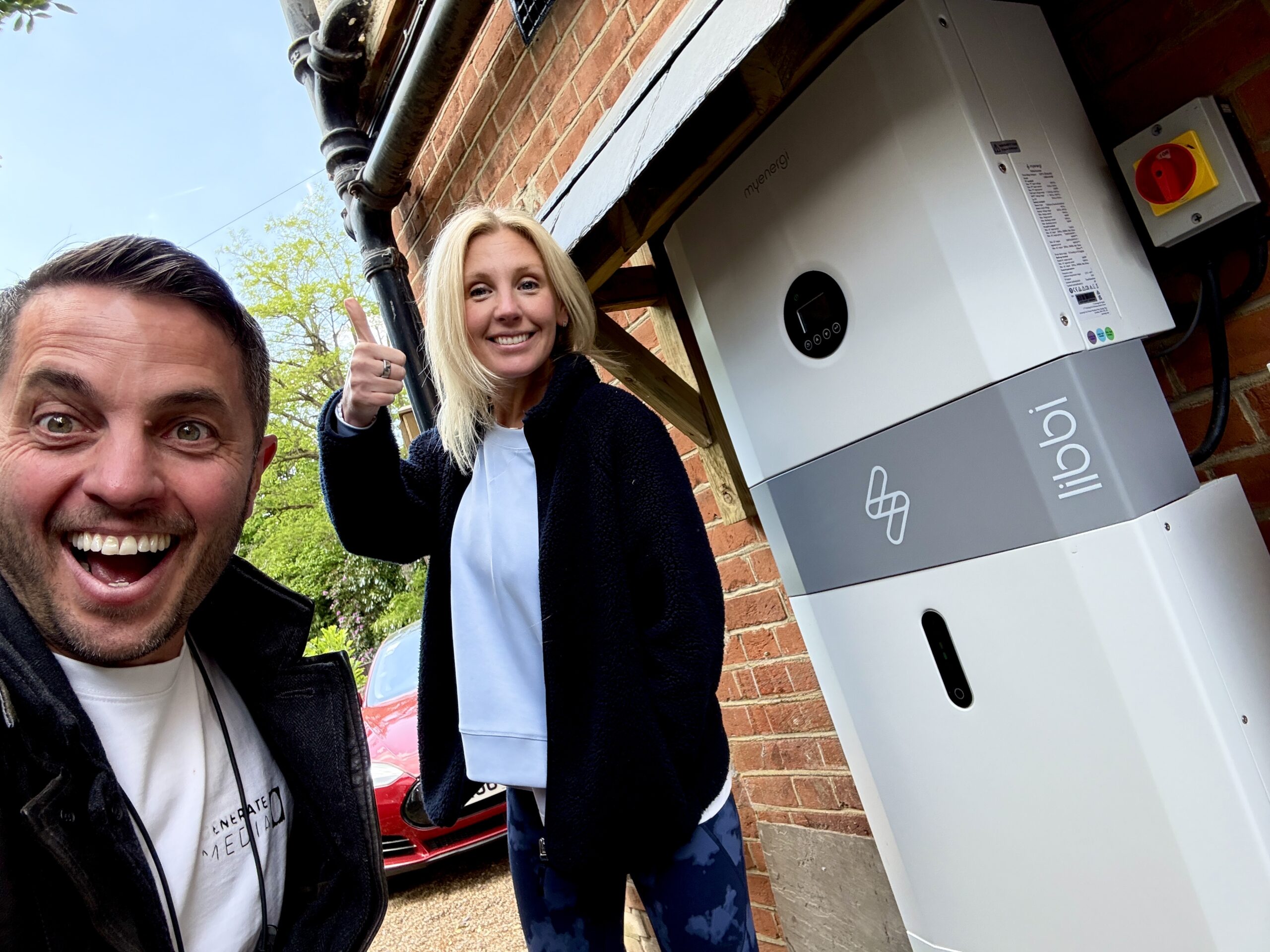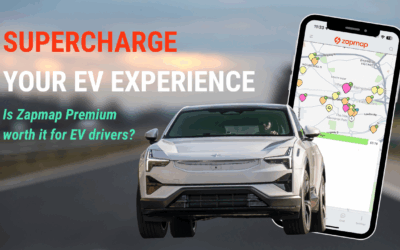Solving My Energy Problem
With rising electricity prices affecting my monthly bills, I decided to take control of my energy usage by installing a battery system. Surprisingly, I don’t have solar panels yet. Here’s why this decision makes sense, how it works, and insights from experts Joel from Charge Easy and Pete from myenergi.
Why Install a Battery Without Solar?
It might seem counterintuitive, but getting a battery system without solar panels is an absolute game-changer for reducing energy costs. The idea is relatively simple: take advantage of off-peak electricity tariffs to charge the battery at night when rates are much lower and then use that stored energy during the day when electricity is more expensive.
For example, some tariffs charge as little as 7p per kilowatt-hour overnight, compared to higher rates of around 30p or more during peak times. Over time, this can lead to substantial savings—especially for a high-usage household like mine, where we’re charging multiple electric cars and running various appliances.
The Battery System: What We Chose
We opted for the myenergi libbi, a modular battery system that offers flexibility and scalability. Each module provides 5kWh of storage, and you can start small and expand as needed, up to 20kWh. Since our household has a high energy demand, we decided to max out the system with a full capacity of 20kWh.
Why libbi?
• Hybrid Inverter: It can act as the inverter for future solar panels, making it a seamless addition to a solar setup further down the road.
• AC-Coupled Design: Perfect for homes without solar, it allows you to store cheap overnight electricity for use during the day.
• Backup Circuit: In case of a dreaded power cut, our libbi can keep essential circuits like your EV charger, the fridge freezers, or even a stairlift!
• Integration: It works perfectly with other myenergi products, like the zappi EV charger, creating a streamlined ecosystem managed through one app.
Installation: How It Works
Joel from Charge Easy walked us through the three key steps of installation:
1. Siting the Battery: Choosing a suitable location for the unit, ensuring accessibility and safety.
2. Cable Management: Running the cables efficiently back to the power source and integrating them with the home’s electrical system.
3. Commissioning: Setting up the system, testing it, and handing it over to the customer.
The installation process typically takes two days, and once completed, you’re ready to start saving those pennies (and pounds)!
The Numbers: How Much Can You Really Save?
Using the libbi, I can charge the battery at off-peak rates (around 7p per kWh) and use that energy during peak times, where electricity can cost upwards of 30p per kWh. This means big savings, especially for high-energy users. Plus, with the current VAT-free status on solar panels and battery storage systems, the upfront costs are more manageable.
Looking to the Future: Adding Solar
While I don’t currently have solar panels, I plan to install them once I’ve saved enough to repair and replace my roof. The great thing about the libbi system is that it’s ready to integrate with solar whenever I’m ready. When that happens, the battery will store excess solar energy, further reducing my reliance on the grid.
Even More Benefits of Battery Systems
• Energy Security: With a backup circuit, you can keep critical appliances running during power outages.
• Eco-Friendly: By using stored energy, you lower your carbon footprint.
• Property Value: A battery system improves your home’s Energy Performance Certificate (EPC), which can increase its resale value.
Debunking the Myths
There are always concerns about battery safety, lifespan, and functionality. Pete from myenergi reassured me that their batteries come with a 10-year warranty, and with proper installation, the risk of issues like overheating is minimal. Plus, their system integrates seamlessly with other myenergi products, making it a simple, user-friendly solution.

The App: A Data Lover’s Dream
One of the standout features is the myenergi app, which lets you monitor energy usage in real time. From tracking your savings to exporting data for analysis, the app makes it easy to make informed decisions. Just be warned—it can be addictive to check those stats!
Final Thoughts: Is It Really Worth It?
For me, installing the libbi battery system has been a game-changer. Even without solar panels, I’m slashing my electricity costs by taking advantage of off-peak tariffs, and I’m set up for even greater savings when I add solar in the future. If you’re looking for ways to combat rising energy prices, this could be the perfect solution for you.
What Do You Think?
Have you considered installing a battery system, with or without solar? Let me know your thoughts in the comments below! If you’re interested in the costs and detailed breakdown, I’d be happy to share more insights.
#BatteryStorage #EnergySavings #MyEnergi #SustainableLiving #EVCharging




